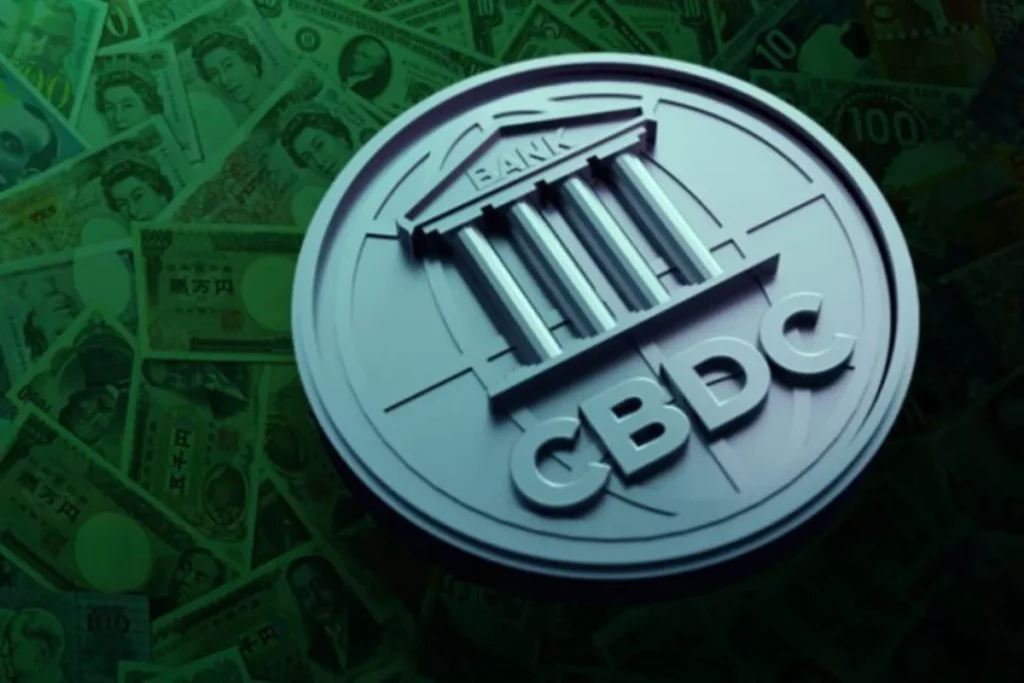- India central bank has proposed a digital currency called “E-Rupee”.
- The Reserve Bank of India plans to release the e-rupee in limited pilot launches.
- Central banks around the world are testing CBDCs, or Central Bank Digital Currencies.
The Reserve Bank of India has proposed a phased pilot of its version of a Central Bank Digital Currency, according to a paper the agency released on Friday.
In a document called a “concept note,” India’s central bank explained how it sees the e-rupee, a digital version of the rupee, working. It also said why it was putting in place a CBDC (central bank digital currency) and how it would be tested in different steps.
Central banks around the world, from Australia to the U.S., are becoming more interested in CBDCs as an alternative to paper money. The RBI paper said that moving forward with a CBDC now is important because China and 16 other countries are already testing their own versions.
“Currently, we are at the forefront of a watershed movement in the evolution of currency that will decisively change the very nature of money and its functions,” the paper states. “People think that CBDCs are a good idea and the next step in the evolution of sovereign currency.”
The Reserve Bank of India (RBI) plans to release the e-rupee in limited pilot launches, with the goal of making it an additional form of currency along with paper money. In the paper, it says that the e-rupee will also be a substitute for cryptocurrencies.
The central bank of India said that the free use of cryptocurrencies threatens India’s financial and macroeconomic stability. This makes it harder for the government to set and control monetary policy, which makes the need for a CBDC even greater.
The RBI said that CBDCs will give the public the benefits of virtual currencies while protecting consumers from the bad social and economic effects of private virtual currencies.
The central bank is thinking about putting out two versions of a CBDC: one that people could use to make retail payments and another that would be used to settle transfers between banks and wholesale transactions. The RBI says that in the end, a CBDC could make payments more efficient, reliable, and trustworthy.
The RBI acknowledged that it might be nice for small transactions to be as private as using cash, but it said that making that happen would be hard.
“The potential for [an] anonymous digital currency to facilitate [a] shadow-economy and illegal transactions makes it highly unlikely that any CBDC would be designed to fully match the levels of anonymity and privacy currently available with physical cash,” the central bank wrote.
The Indian government first said it wanted to start a CBDC in February, saying that the technology would give a big boost to the country’s economy.
India is likely feeling the pressure of China’s CBDC rollout, which is steadily expanding, and has prompted debate among legislators in the U.S. about whether the supremacy of the dollar as the world’s reserve currency is at stake.
In June, Jerome Powell, the head of the Federal Reserve, said that Congress will eventually get advice from the U.S. central bank on how to go about issuing a CBDC. Since 2017, the Fed has looked into the idea of a digital dollar.
“I think it’s something we really need to explore as a country,” he said. “It could be a very important financial innovation that will affect everyone in the United States.”


